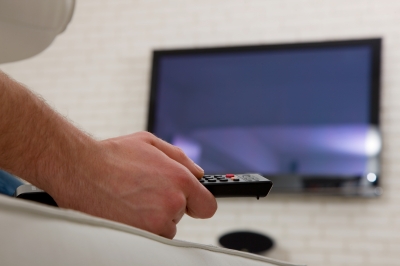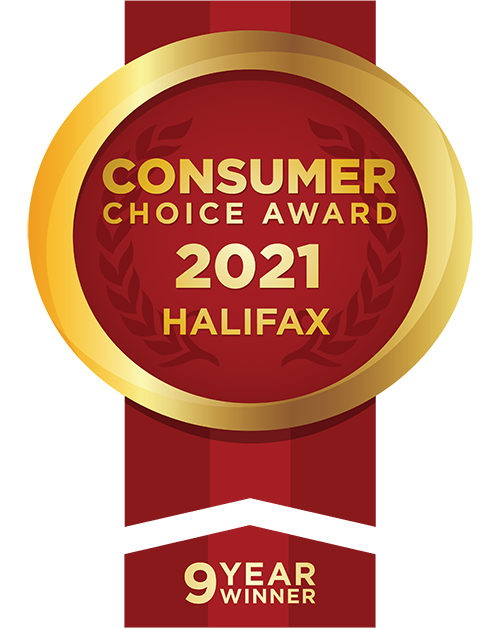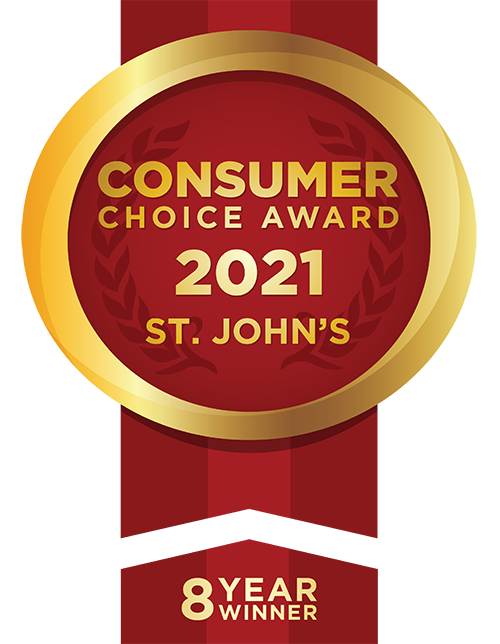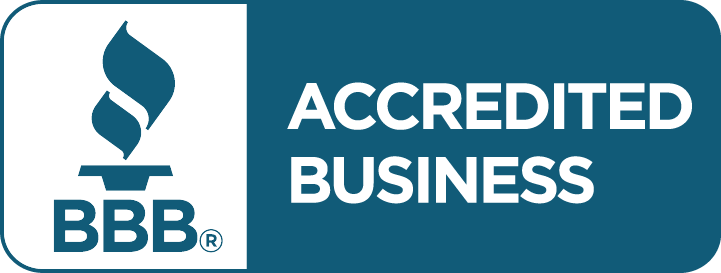Consumerism is all around us, and it’s becoming increasingly difficult to ignore. According to Forbes, the average person is exposed to approximately 4,000 to 6,000 ads each day. It’s no wonder everyone wants to buy the latest car, tool or cell phone.
In today’s consumer-driven society, the ads we most often come across are for consumer goods and products such as vehicles, electronics, furniture, appliances, clothing and food. In order to make buying these items easier for the consumer, advertisers have come up with creative solutions like “buy now pay later” schemes. Such payment plans have been in existence for quite some time amongst big and small retailers alike, however if you have a bad credit score, you typically won’t be approved for something like this.
A new option for buying more expensive products has come on the scene and has become increasingly popular. “Rent to own” is quite a simple concept in that consumers who are unable to afford the one-time costs of a particular product (television, computer, cell phone, dishwasher, fridge, etc.) can make low monthly payments over time until it is paid off. Once it’s paid off, they fully own the product.
This option is tempting for consumers who have bad credit as they normally wouldn’t be able to qualify for “buy now, pay later” plans. It’s also tempting for consumers to go this route as some retailers offer free delivery and set-up along with full warranty coverage, which is included in the monthly payment.
The major kicker here for consumers is the low monthly payment. While it sounds great at first, this can be extremely costly in the long run. Here are a couple of real-life examples to illustrate the “rent to own” concept, showing how costly this venture is over time instead of purchasing a product upfront.
Example #1: A Samsung 43-inch plasma television is yours for only $15 per month over 156 weeks (or 3 years). That purchase over 3 years will cost you $2,340, but if you were to buy that TV outright upfront, you’d only pay $650 plus applicable taxes. Leasing that television over time will cost you nearly four times as more than if you purchased the TV upfront!
Example #2: A Whirlpool 22 cubic foot side-by-side fridge in white will cost $35 per week over 156 weeks (or 3 years), which totals $5,460 in the end. A slightly larger Whirlpool model with more options costs $1,845 plus applicable taxes – nearly three times the price of the “rent to own” option!
The major problem with such “rent to own” arrangements is that you don’t know the full cost of the item up front, let alone what the cost of the interest is. In many, cases the added interest costs when compared to retail prices can sometimes range anywhere from 150 to 500 per cent!
If you’re considering making a purchase and you can’t afford the up-front cost of the item, rather than going with the “rent to own” option, try saving a bit of money each month until you’re able to purchase the item outright. While saving money does take time, it can be worthwhile – especially when you realize the time and effort it took on your part to set a goal and then achieve it. You’ll appreciate the purchase even more than if you had purchased it on finance or monthly “rent to own” payments.
If you want more information on how to make a budget, become a better money manager, or look at debt repayment options, feel free to contact us today for a free consultation.











